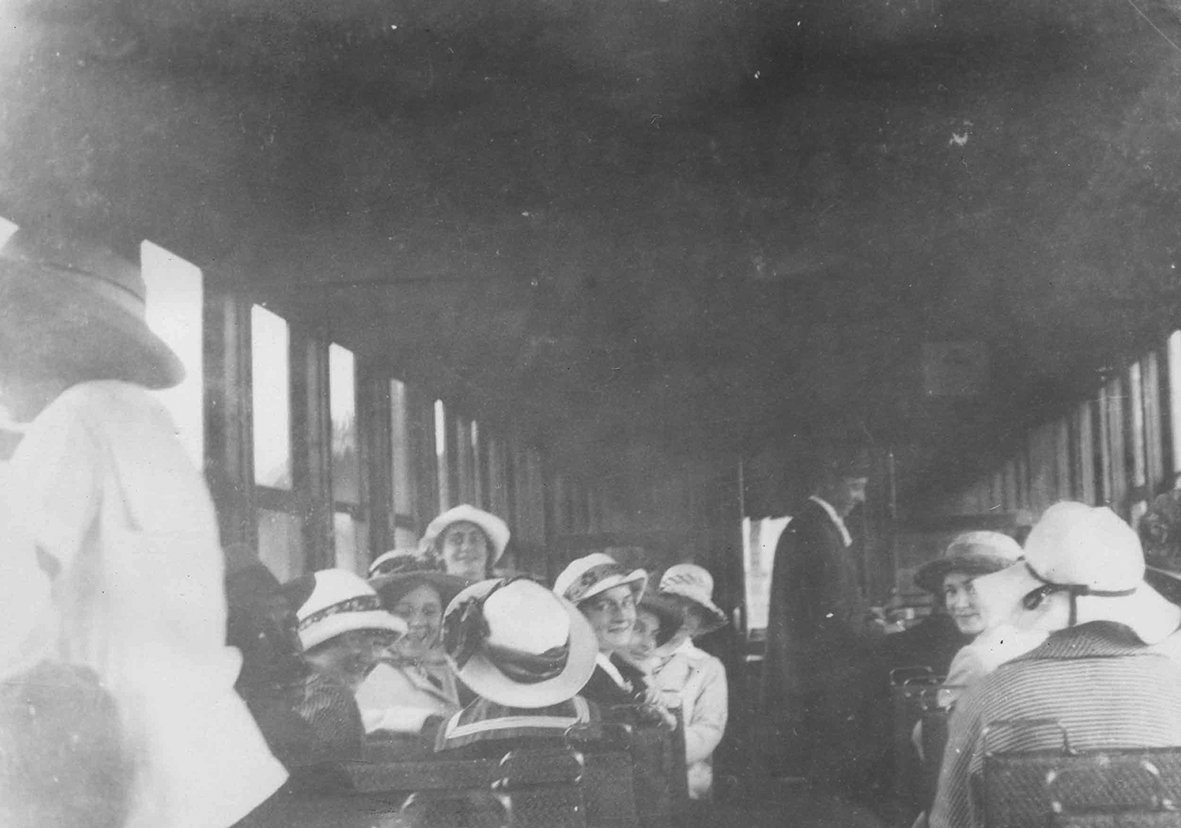Over the past century, there have been a wide range of different public transport options in Vancouver and its surroundings. One of the city’s earliest public transport systems was the Interurban railway. It was created on a small scale in 1891, and soon expanded to cross from North Vancouver to Coquitlam. In some areas this early system remained until 1979, however, by the 1950s, most services had ended as buses were becoming more common. Coquitlam and other connected municipalities saw their railway connection end around this time.
Photograph of the Burnaby Lake Interurban in the snow.
City of Burnaby Archives, BHS1996-14
The increased focus on automobiles and buses worsened traffic issues. A solution was needed to allow people to take long-distance public transport without having to suffer through traffic or multiple bus connections. By 1975, the first plans for what would become the SkyTrain began to develop. It took nearly a decade to come to fruition, the first SkyTrain line, named the Expo Line, opened in 1986 for Vancouver’s World Fair. The system would soon expand to encompass large areas of Metro Vancouver, including Coquitlam.
Photograph of the interior of a Central Park Interurban while it is in service in Vancouver.
City of Burnaby Archives, BHS2007-04
Public transport systems are a vital part of a city’s infrastructure as they allow people without a car a wider area of access to the city. A key feature of public transport networks is accessibility. People without the means to own a car, or who can not operate a car, rely on public transport. Even the simple fact that dogs are prohibited from public transport severely limits people without a car to partake in leisure activities like shopping or sight-seeing.
All facets of the network must be made accessible, a train station with braille is no use if the bus that takes a person to it lacks the same feature.


